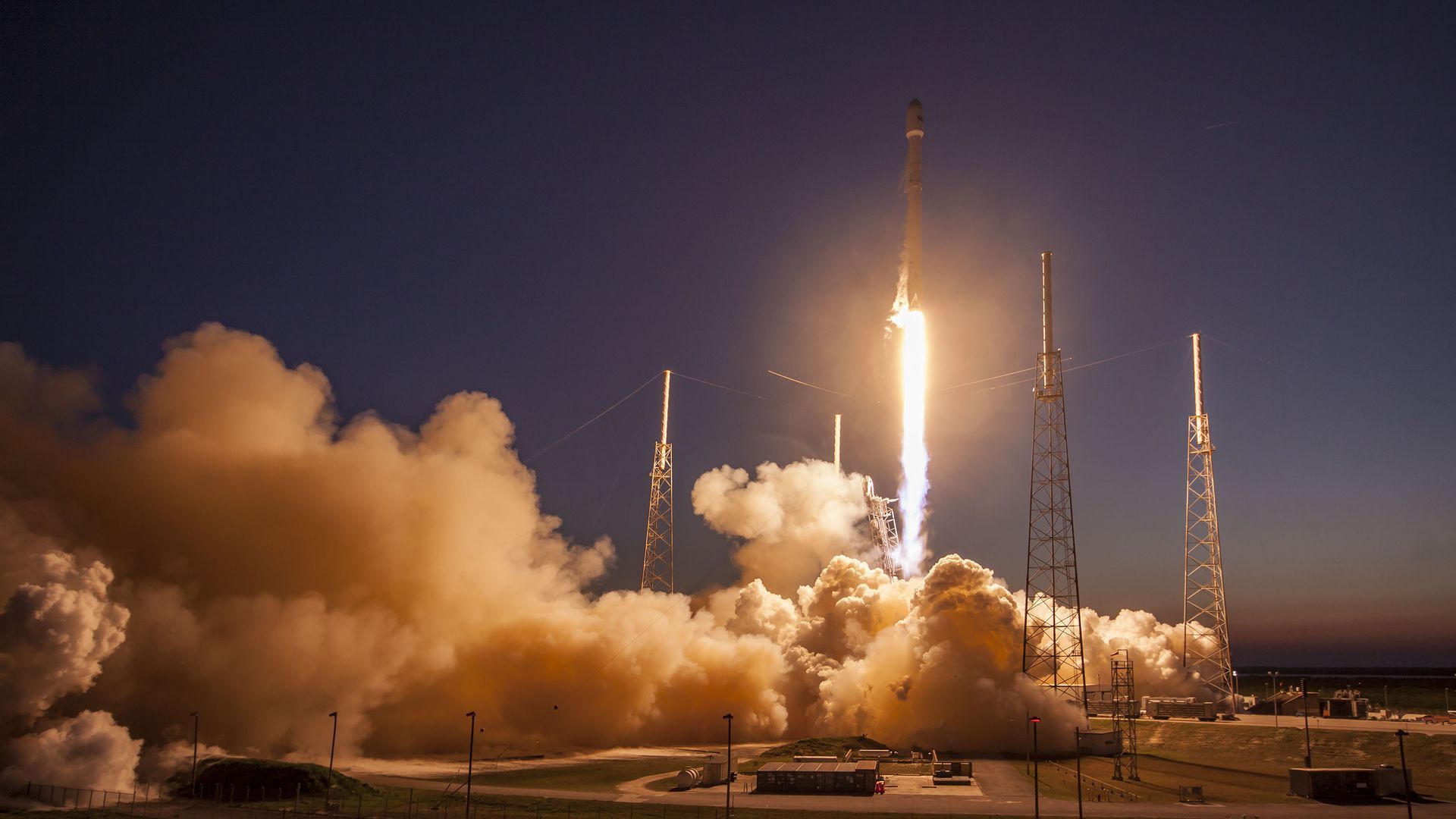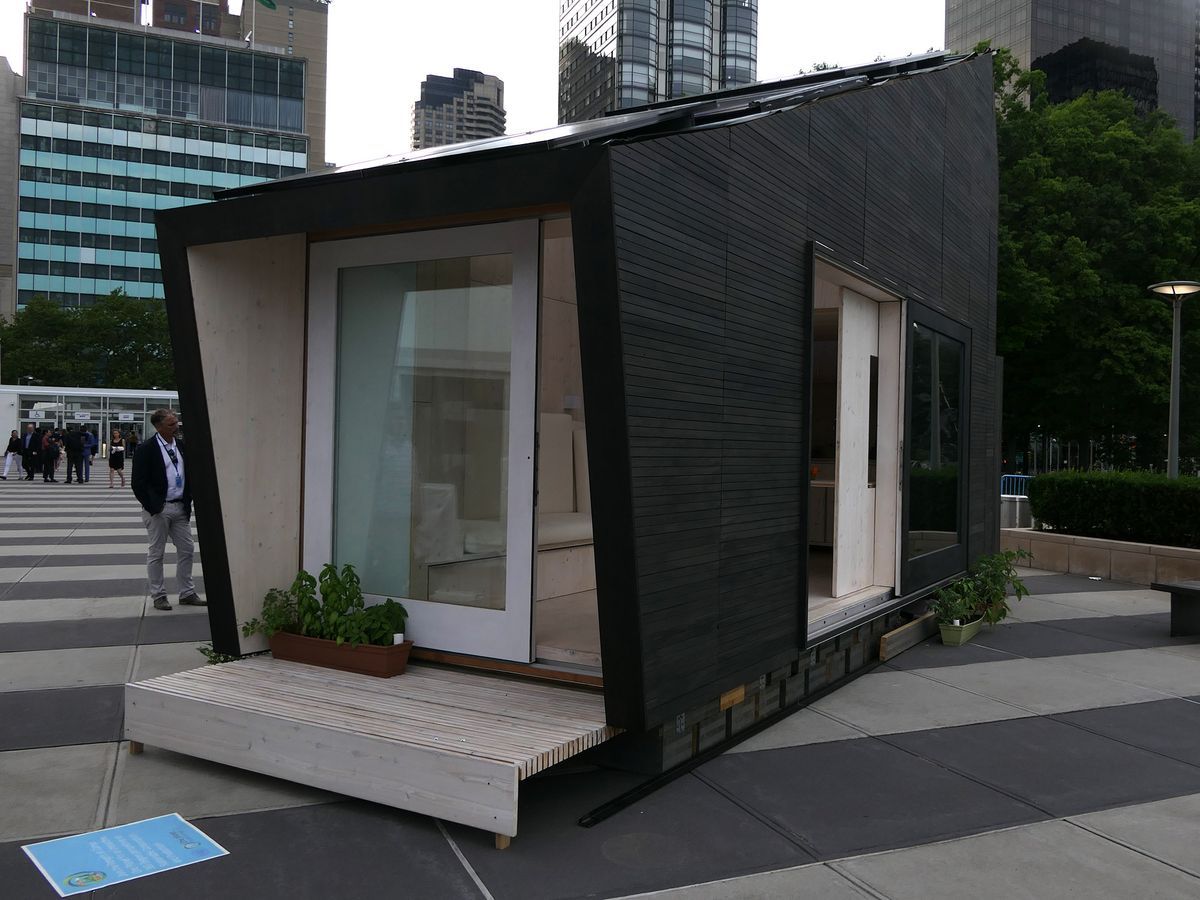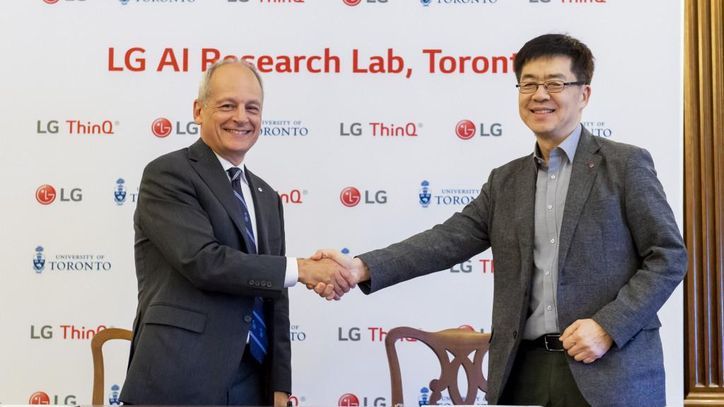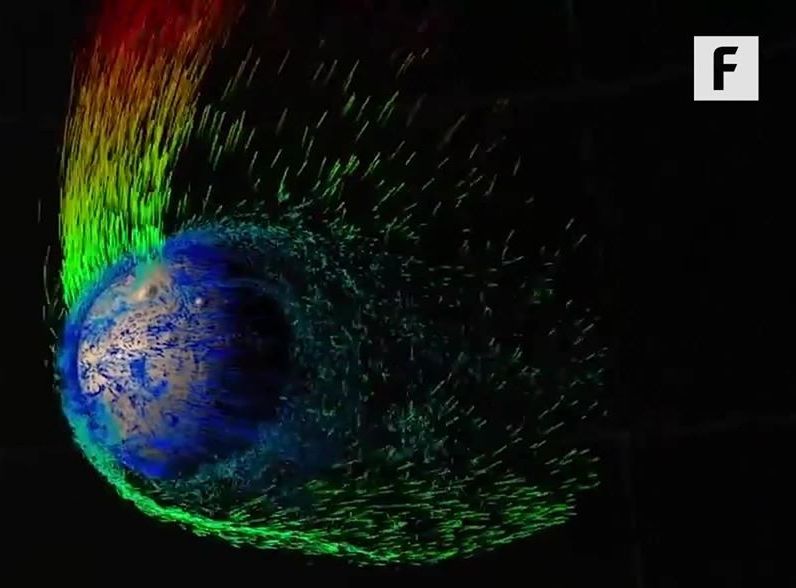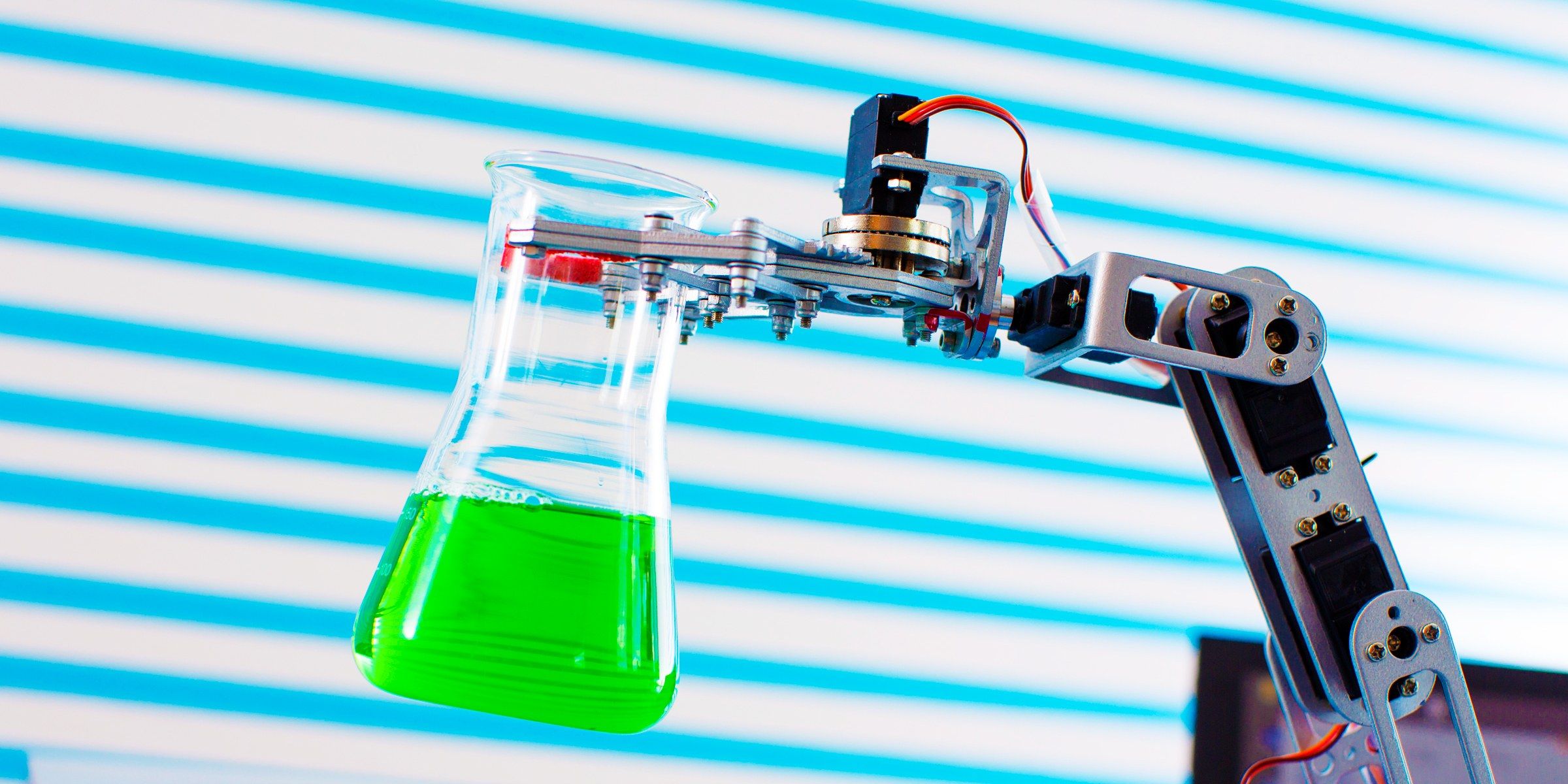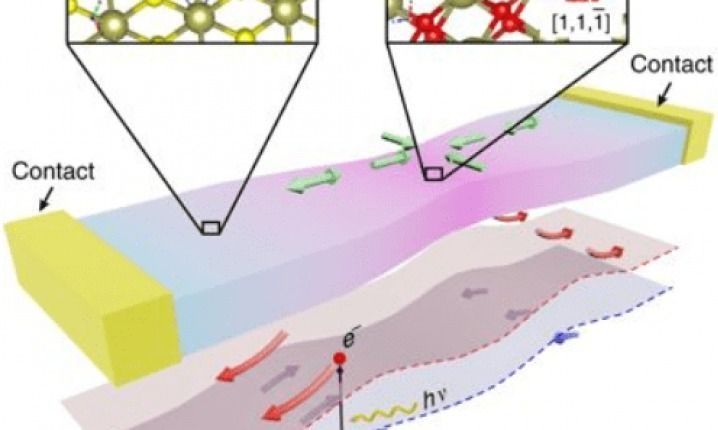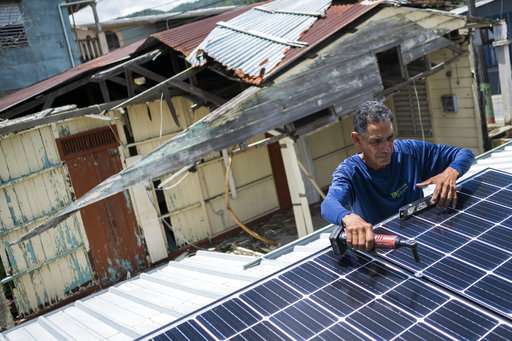This is a fictional story about a man realizing for the first time, under rather unusual circumstances, that he has a deep desire not to age and die.
It’s been a few months already, yet that day still feels like yesterday. I am still not convinced that I didn’t lose my mind that day, and even if I didn’t, it’s changed my thinking quite a bit.
I was in a green grove in the local cemetery, sitting on a bench. As it is the piece of nature closest to home, I used to go there quite often. A small group of men, all at least in their 40s and wearing black suits and ties, had passed by just as the bells in the nearby church began ringing.


